In the realm where the rhythm of rock music converges with the artistry of photography, a unique creative soul thrives. Meet Marcus Sielaff, a photographer whose journey seamlessly intertwines his love for the electric energy of rock melodies and the captivating allure of narrating a visual story of his travels.
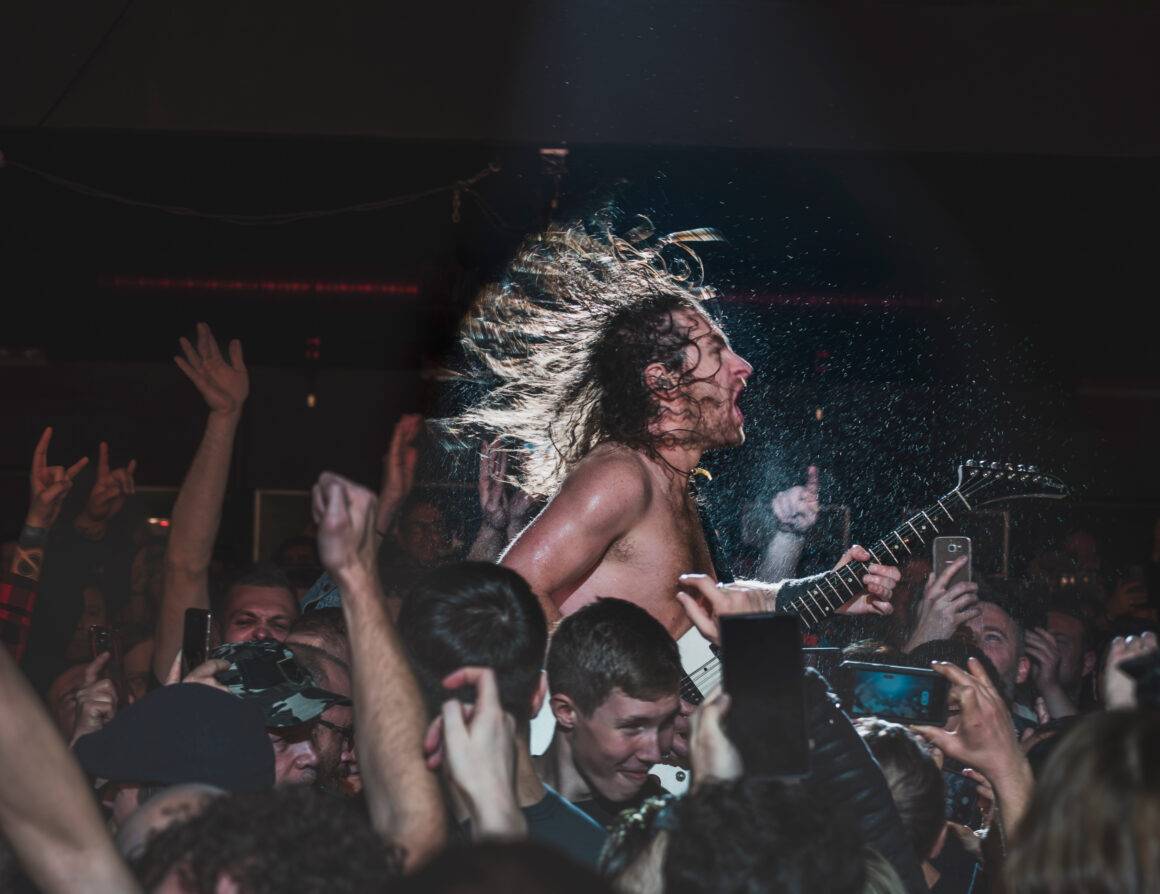
Behind the Lens, Composing Harmony and Chaos with Marcus Sielaff
It was in the year 2010 that the Berlin homegrown Marcus Sielaff first discovered his ardor for photography, igniting a passion that would later harmonize with his interests. Beyond the solo pursuits of his craft, Marcus finds shared joy as he and his wife Anne embark on photographic journeys, often focusing their lenses on the unmissable moments of weddings. In this interview, The Game Magazine delves into the symphony of influences that have shaped Marcus Sielaff’s distinctive photographic style and the techniques he employs to capture the raw character of rock concerts and the celebration of harmony and love at weddings.
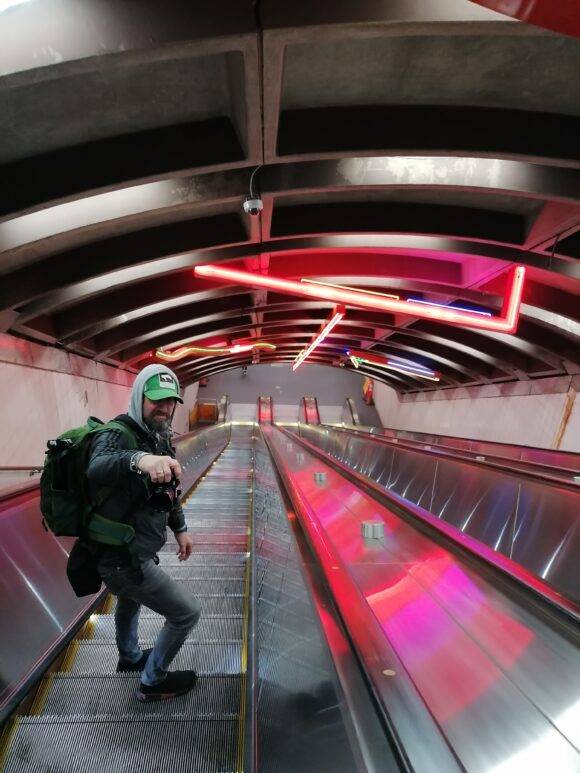
Can you tell us about your background and how you became interested in photography?
I discovered my affinity for photography about 15 years ago in connection with my great passion for good rock music. I have always been an enthusiastic concert and festival visitor and, at some point, felt the need to capture the guys and gals on the stages of this world for eternity. In the beginning, my pictures were not really professional – seen from today’s point of view – but I kept on studying and improving over the years by buying a lot of reference literature and watching videos of other photographers. This was rewarded with my first-ever exhibition in 2015 at “Arts & Boards” in Munich, showcasing my concert photography.
Over the years, I continued to broaden my horizon. Another favorite activity of mine is to travel the world. So I naturally came into contact with landscape and city photography; sometimes, even a local gets lost in front of my lens. My hometown Berlin did not fall short, of course, and was immortalized in my permanent exhibition (since mid-2022) at the German Institute of Urban Affairs (Difu) at Checkpoint Charlie.
Meanwhile, I have also set up a small studio for portrait photography at home. I love to photograph intriguing people and personalities. Especially selected wedding couples inspire me because there is a burst of positive energy around them while capturing their most special day.

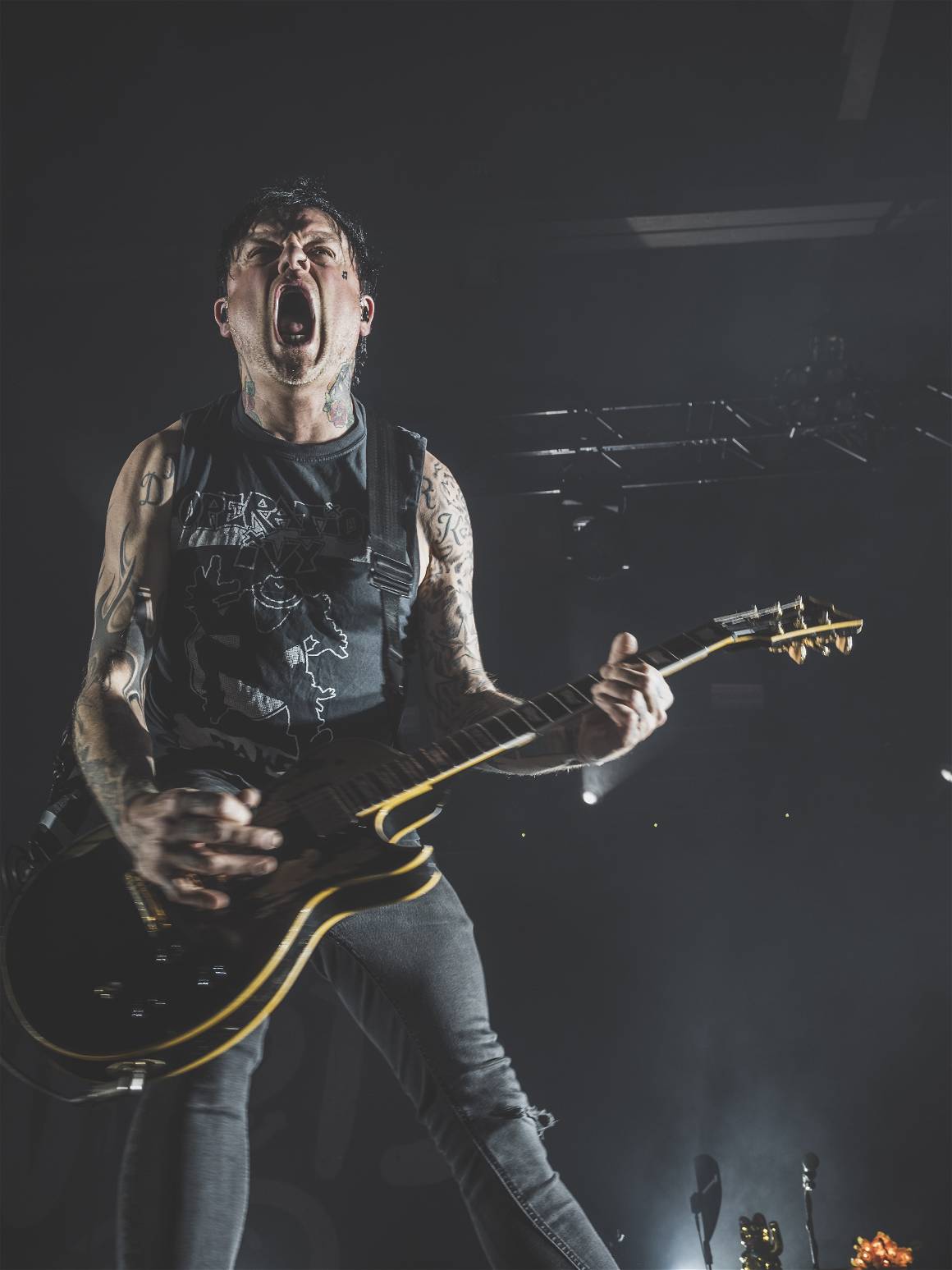
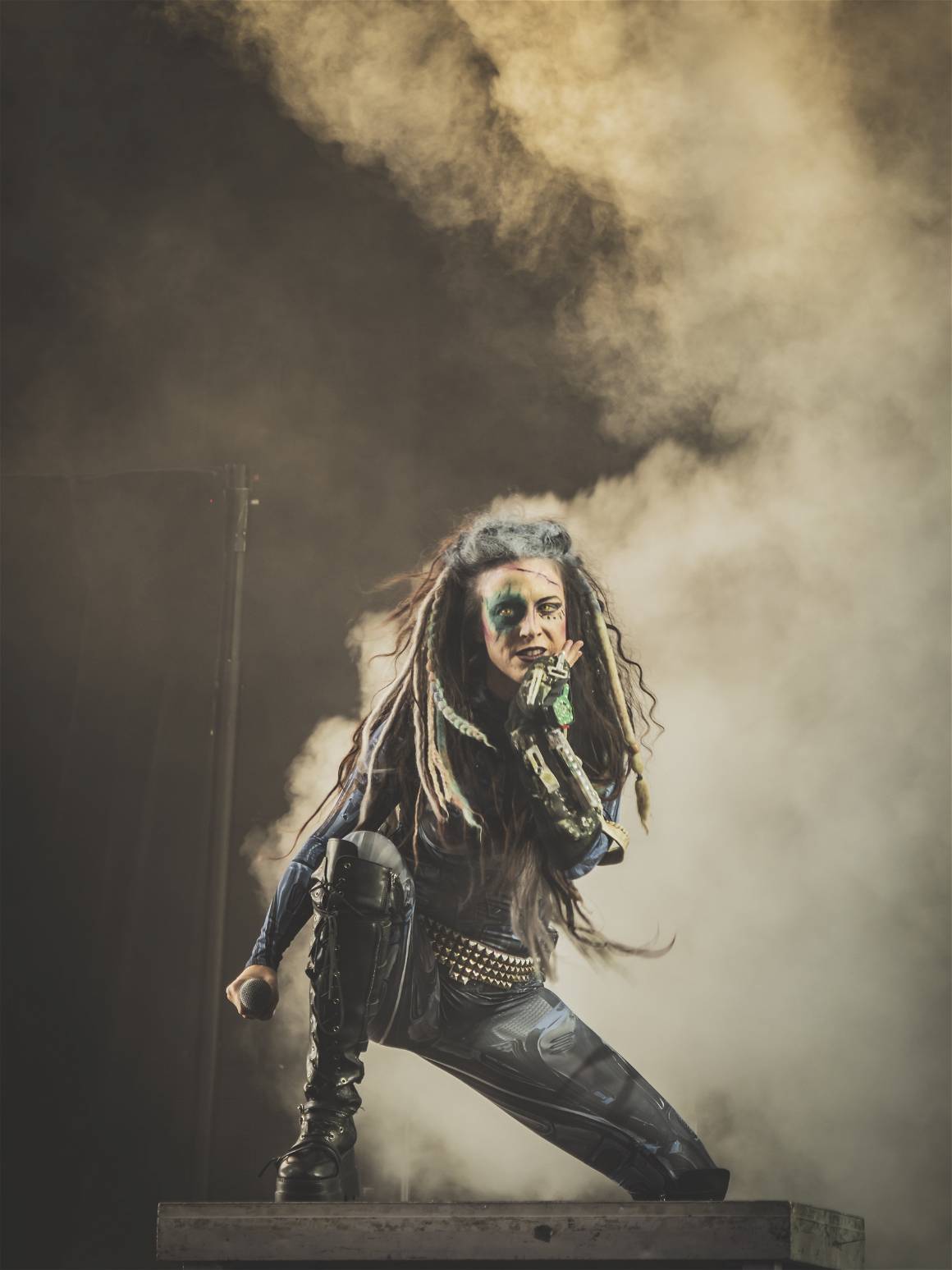
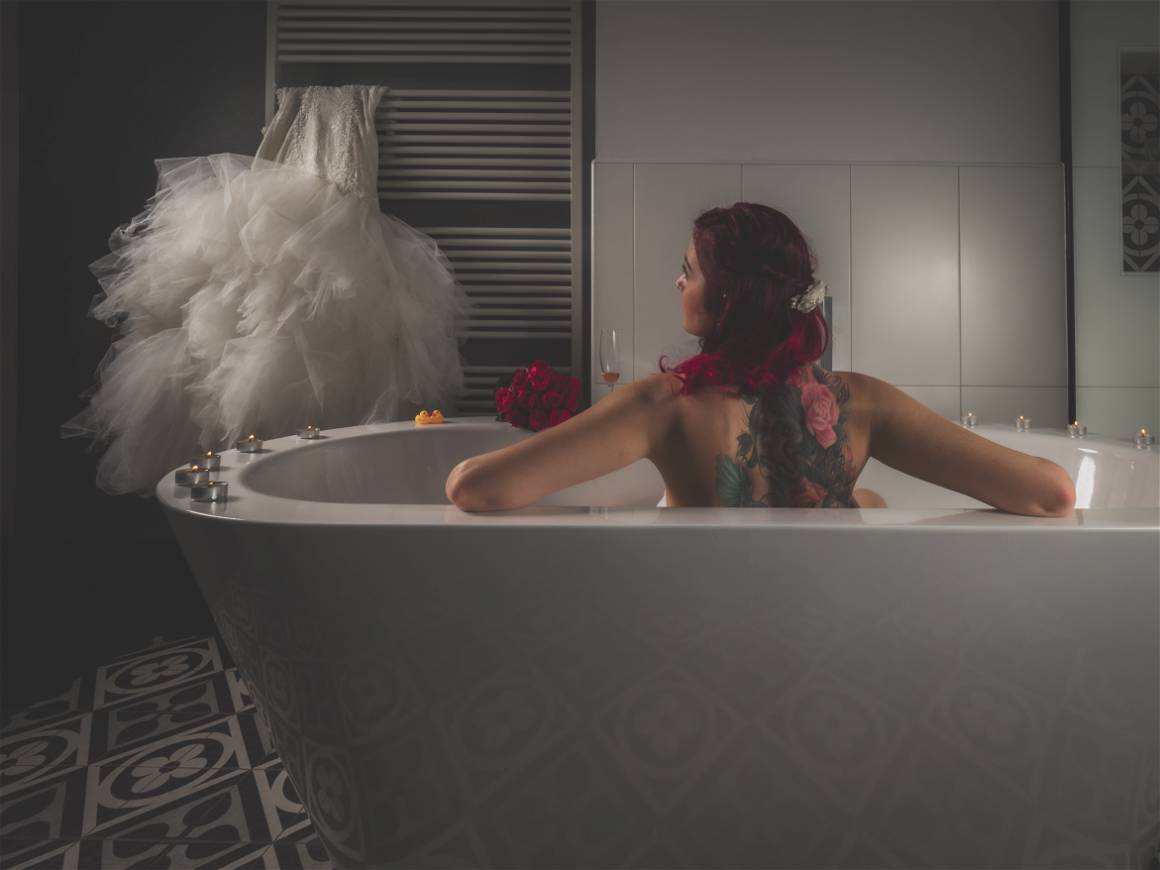
Your website showcases a wide range of subjects, from landscape to portrait photography. Do you have a favorite genre to shoot and why?
It is very difficult for me to settle for a favorite genre because every photography direction has its charms. Nevertheless, I’ll try to describe what excites me about the different branches:
Concert photography is very turbulent. When you’re standing in the photo pit in front of the stage, with the raging crowds behind you and the band in front of your lens, while you want to take “the one picture”- pure adrenaline!
What fascinates me about landscape photography is the opposite: you roam through nature, looking for the perfect frame, usually starting with a long exposure. You slow down and enjoy the surroundings with all your senses.
Wedding photography, on the other hand, is a very focused type of photography. All location shots must be well planned and perfectly executed in a very short period without disturbing the bride and groom and the atmosphere of the wedding party. You are almost invisible; work in the background and still make every little tear visible. A location scouting before the wedding is absolutely necessary here, especially if the place of the wedding / celebration is unknown to me.
Camera Settings
Concert Photography (without flash and only first 3 songs): fixed shutter speed 1/160 -1/250 ISO 400 automatic aperture, 3 cameras + lens 6 mm aperture 2 + lens 7-14 mm aperture 2,8 + lens 10-25 mm aperture 1,7 + lens 40-150 mm aperture 2,8 + fixed focal length 45 mm aperture 1,2 + fixed focal length 17 mm aperture 1,2.
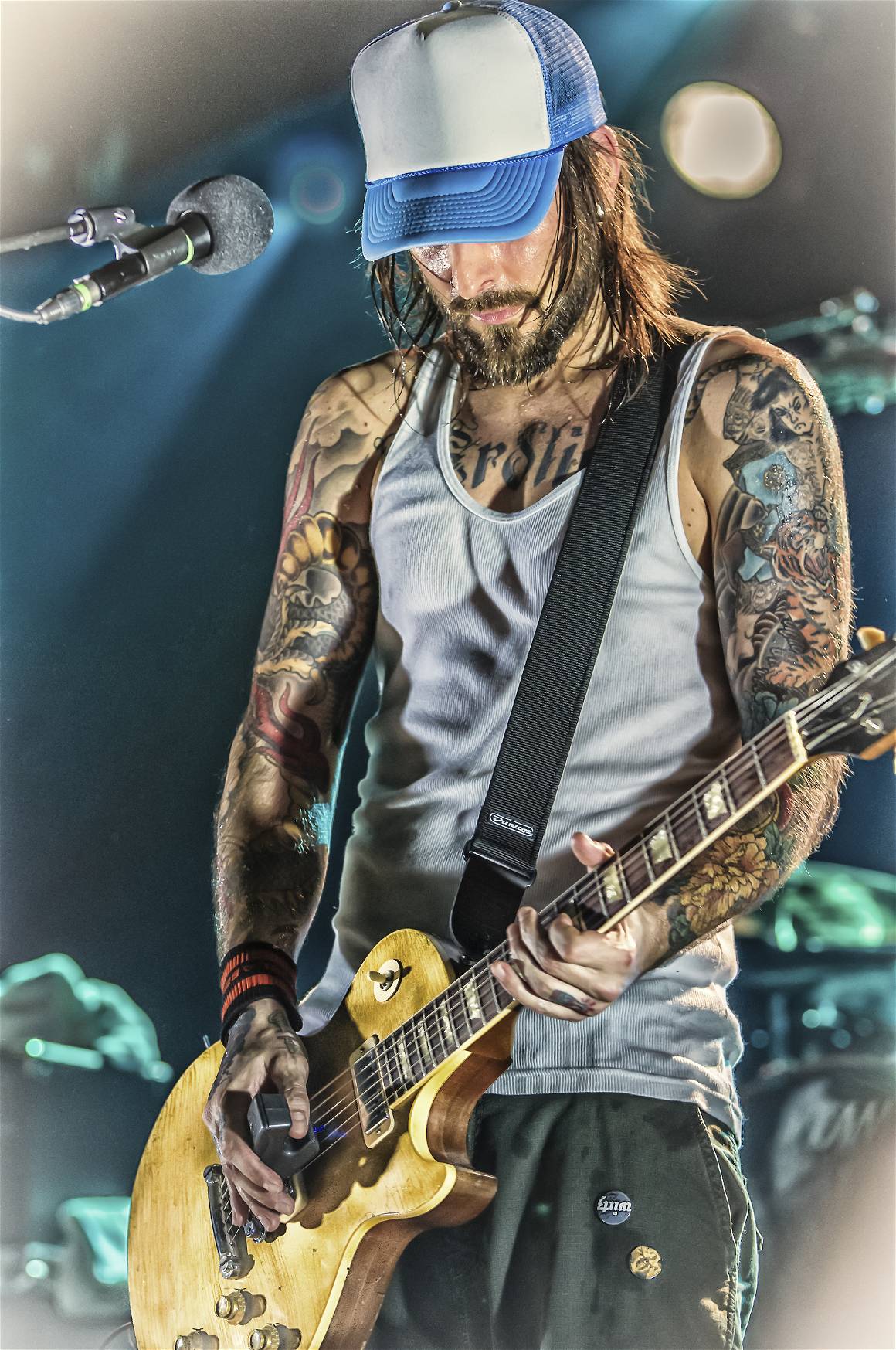
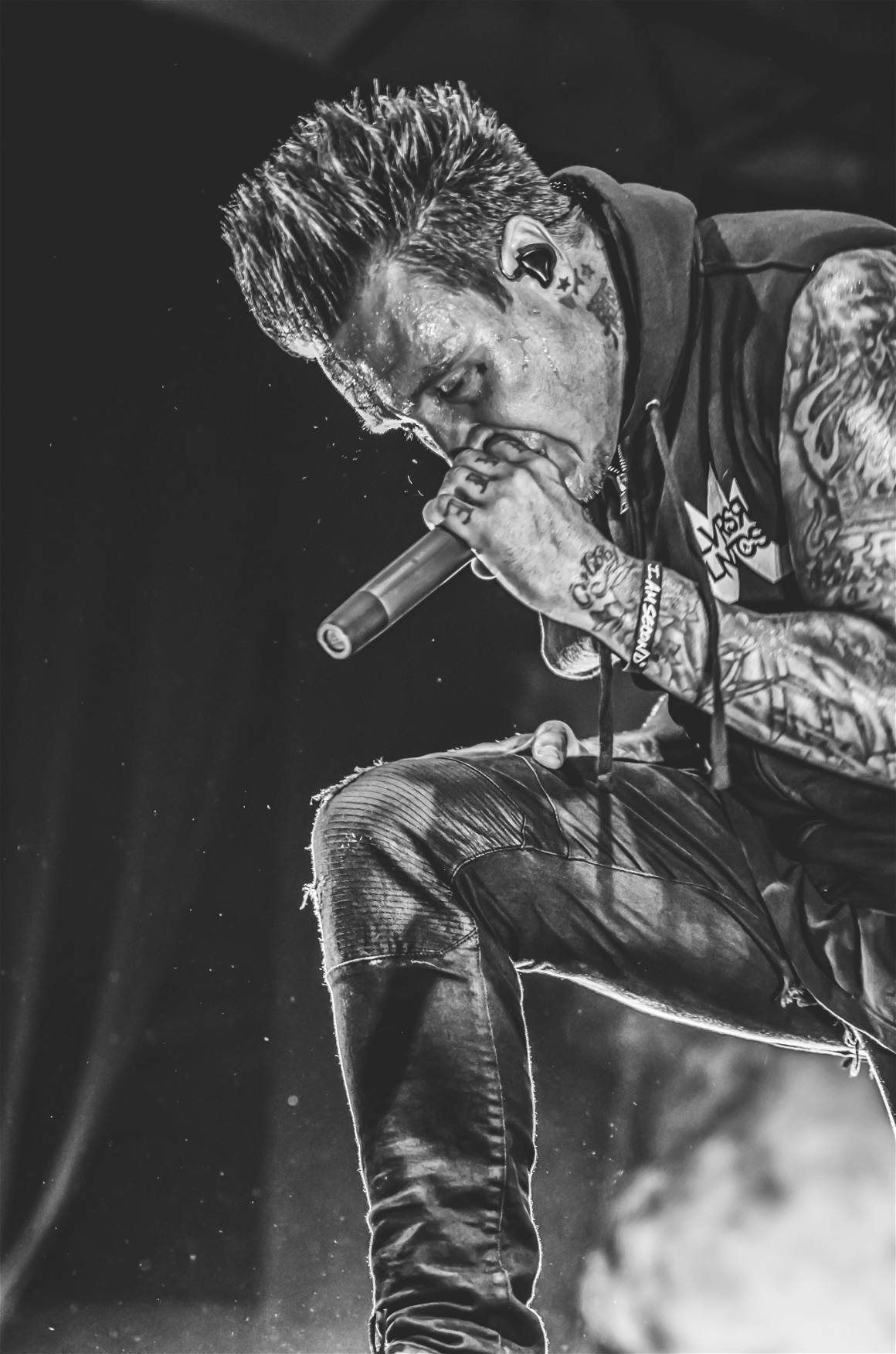


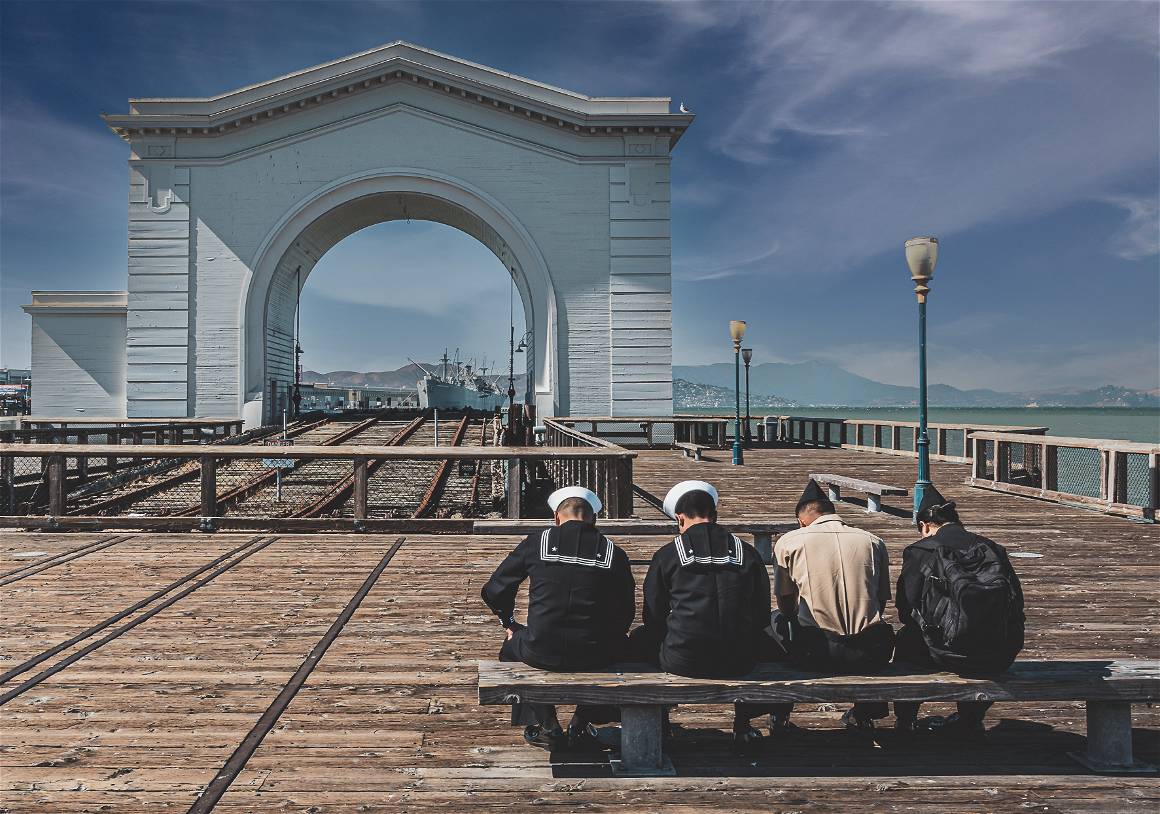
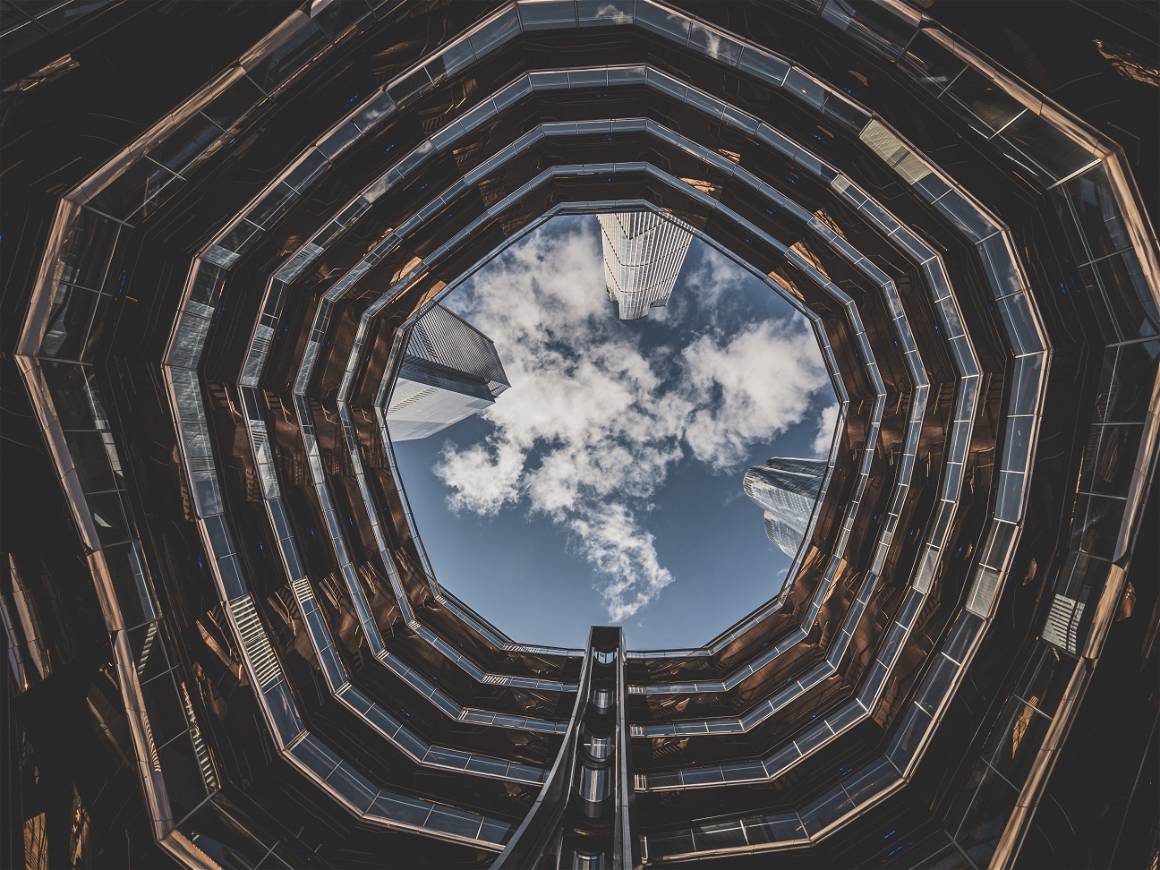
What is your process like when approaching a new photography project?
Here I refer to my Berlin project, the result of which, as mentioned, can be seen in the permanent exhibition at Difu. The biggest challenge is to set the scene for the desired motif. For example, how do I get access to a building of sufficient height in the well-built Berlin to stage the famous TV tower? Here, I like to take advantage of contacts in my hometown to photograph from balconies far above apartment buildings or scaffolded construction sites, for example. In the case of the radio tower in Berlin, a construction company I know granted me access to the top floor of the construction site.
My favorite time for photographing is the blue hour, especially in autumn, which involves only a short window of time and again requires good planning in advance. Supporting gadgets for this special occasion are apps like PhotoPills and SunSurveyor to find out the exact position of the sun and the duration of the blue hour.

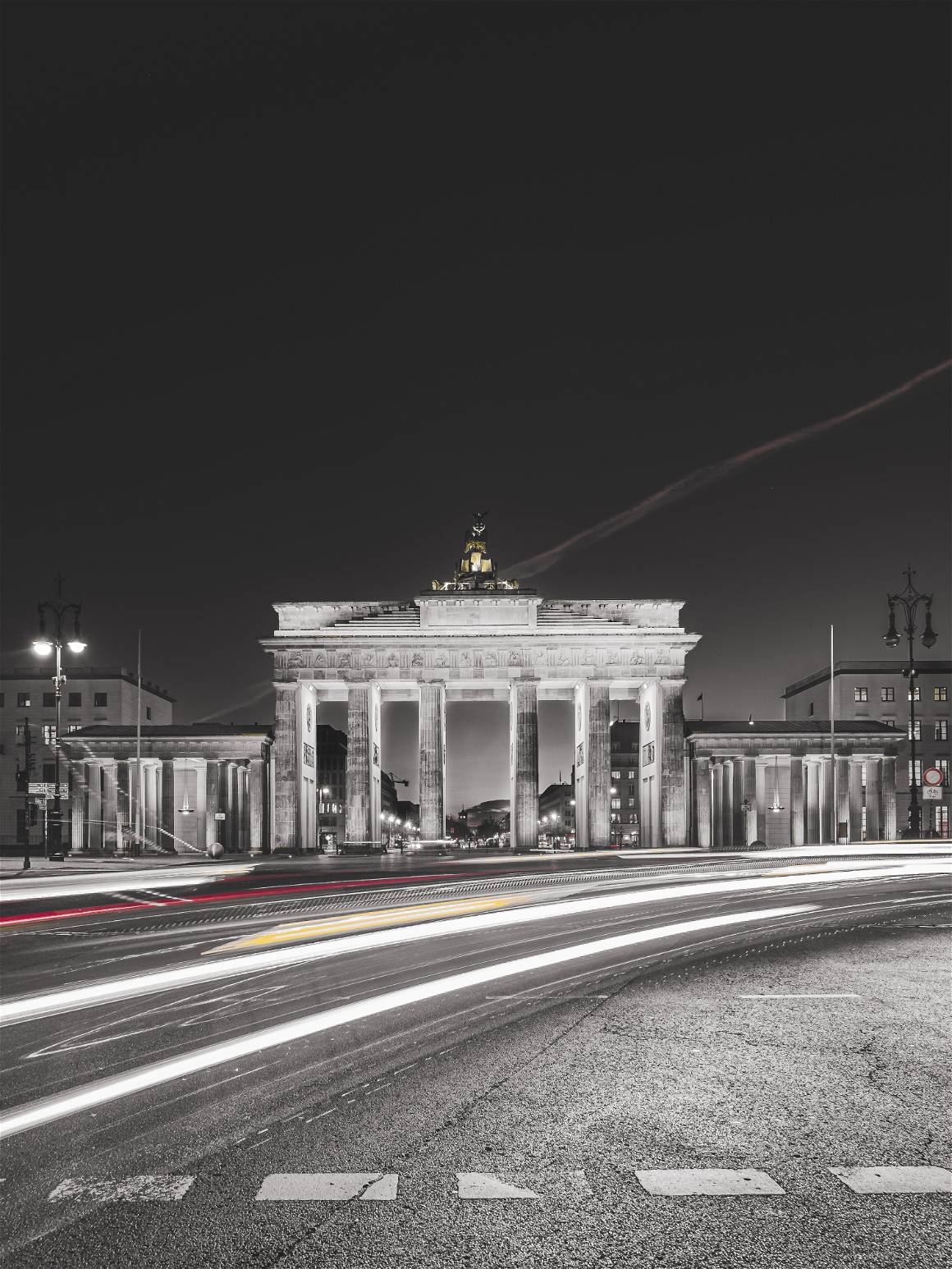
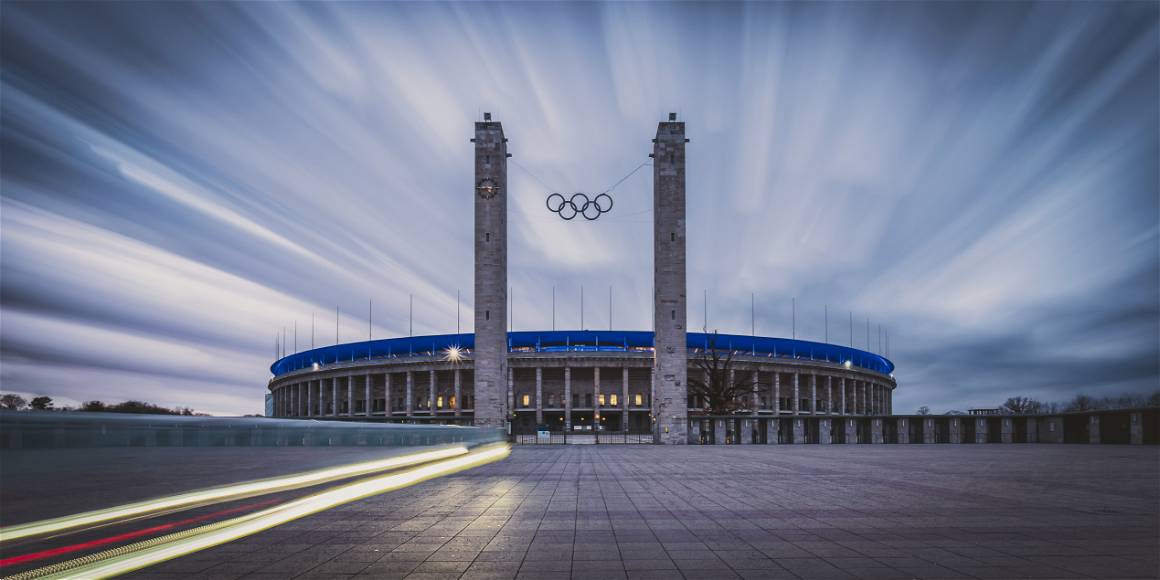
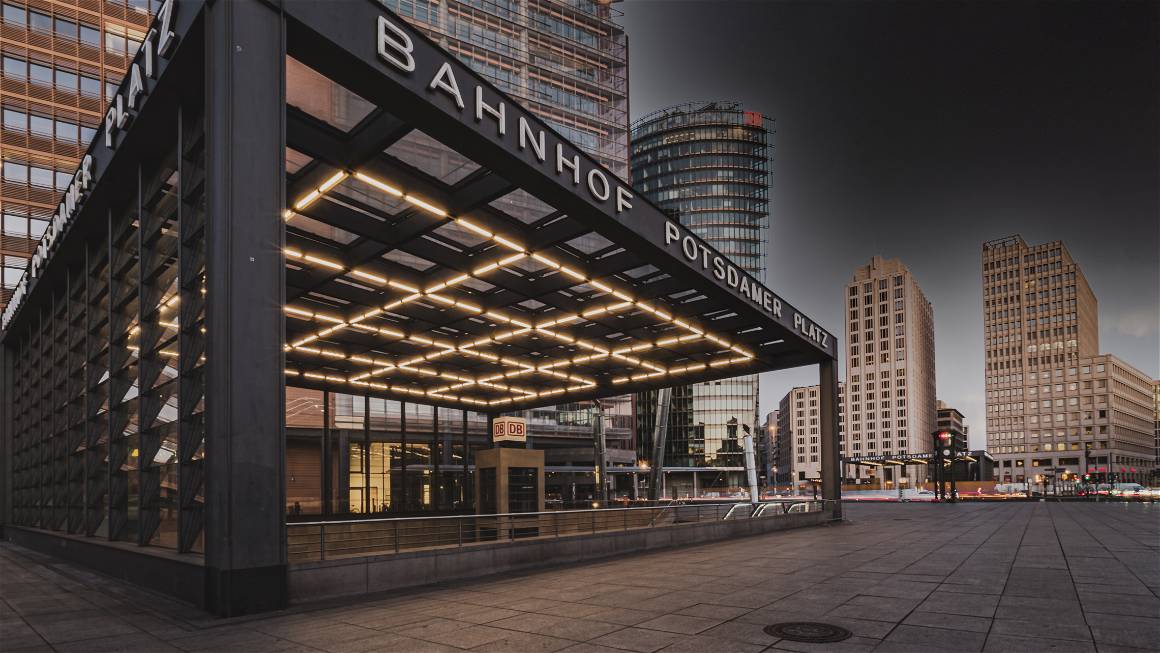
Your work often incorporates elements of nature and the outdoors. How important is the environment to you as a photographer?
Sustainability and environmental protection are essential topics for me in photography as well. We have arrived in the digital photography age, which does not mean that we are much more environmentally friendly than before. We consume a lot of electricity with our equipment, and with the storage space for our images, technology is developing rapidly, and we have to reach the location with as few emissions as possible, etc. So, for me, it doesn’t always have to be the latest camera model (5 years old max). I use a green electricity supply contract and try to minimize the number of my pictures. To get to the location, I use public transport or the local offer of e-mobility if possible.
Camera Settings
Landscape Photography: total manual mode (every automatic setting set to 0), wide-angle lens 7-14 mm aperture 5,6-12 ISO 200 + wide-angle lens 6 mm fixed focal length aperture 5,6-12 ISO 200, Tripod, radio trigger, circular filter, rectangular filter.
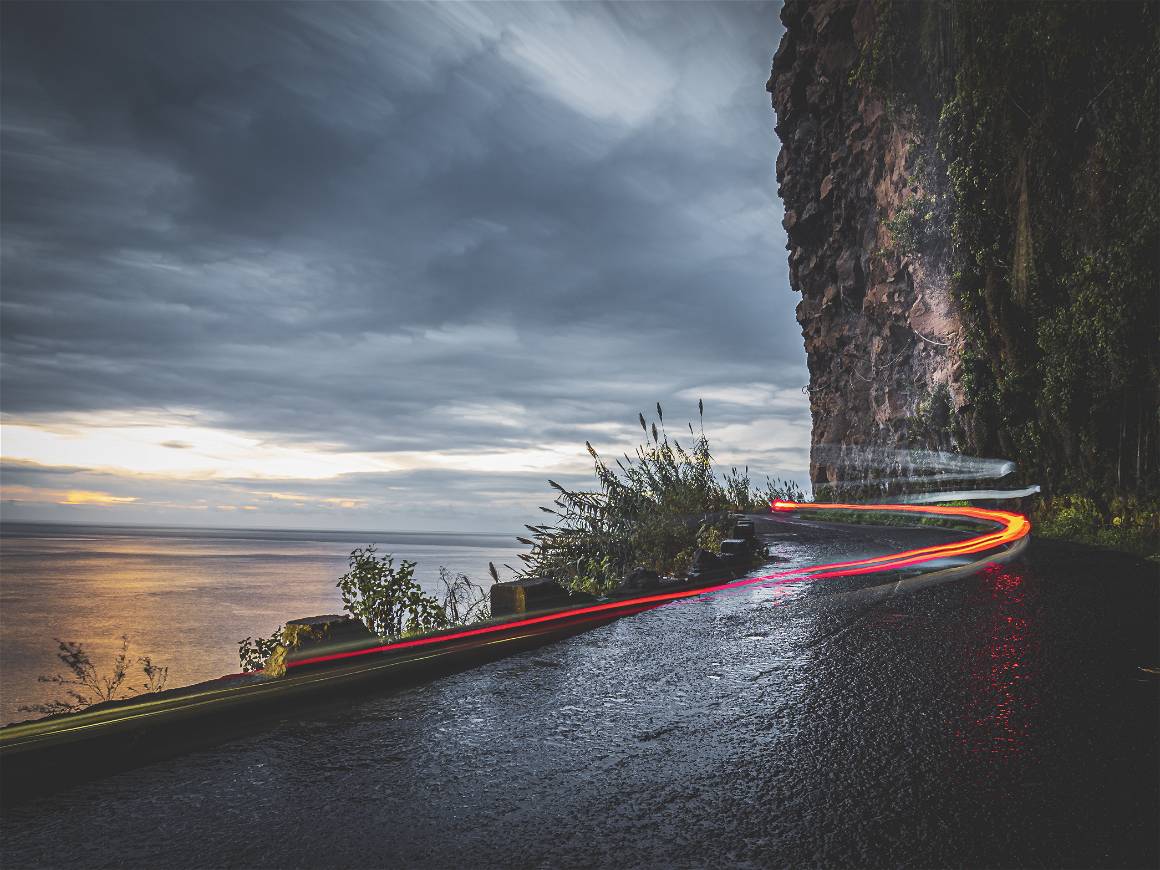
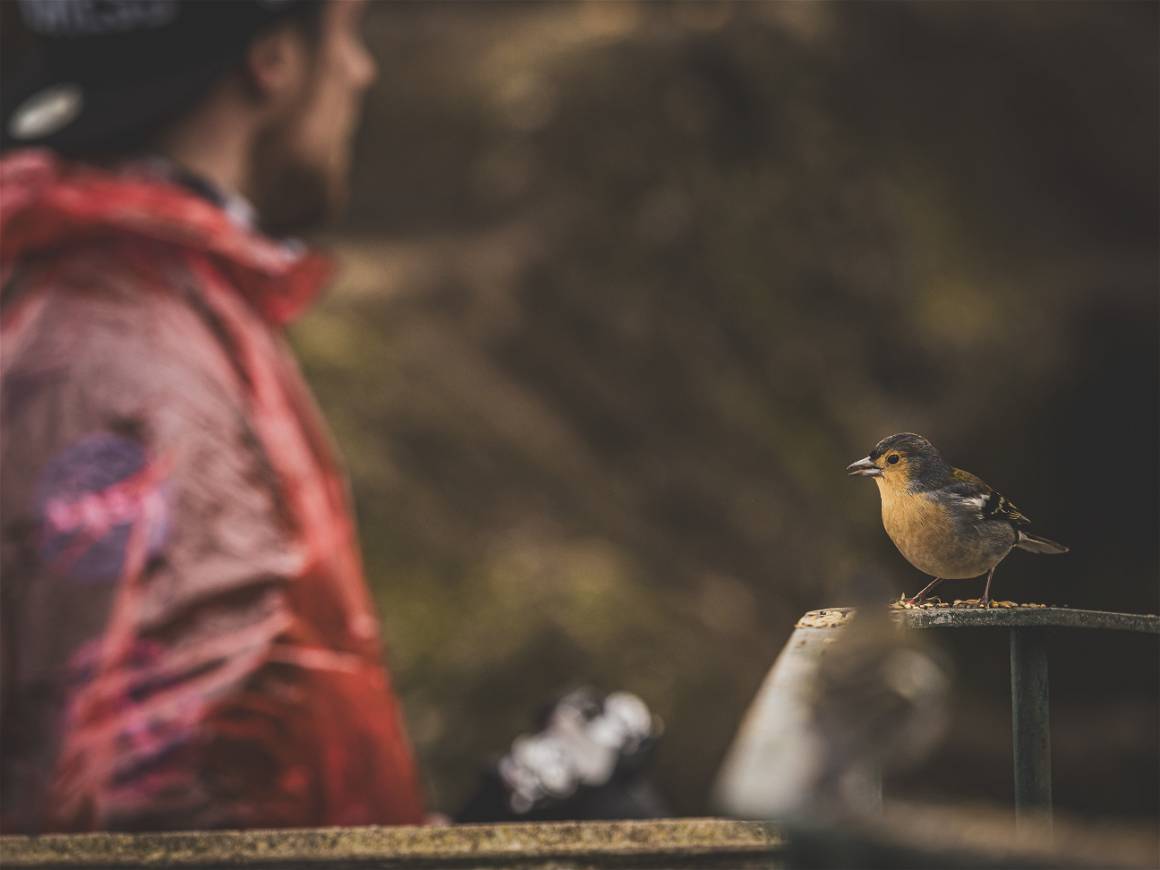

In your opinion, what makes a great photograph?
It’s not the equipment alone that makes a photographer. You can also create wonderful images with the modern smartphones available on the market. The most important thing is: Be passionate about it! Stay curious! Enthusiasm and commitment, especially at the beginning of a career, can replace the missing expertise, the eye for details. You learn that with time and growing experience. You have to be fast and adapt to situations in milliseconds. The wonderful thing is that though there are rules in photography, you can consciously break them. You are absolutely free in your art.
“You are absolutely free in your art.”

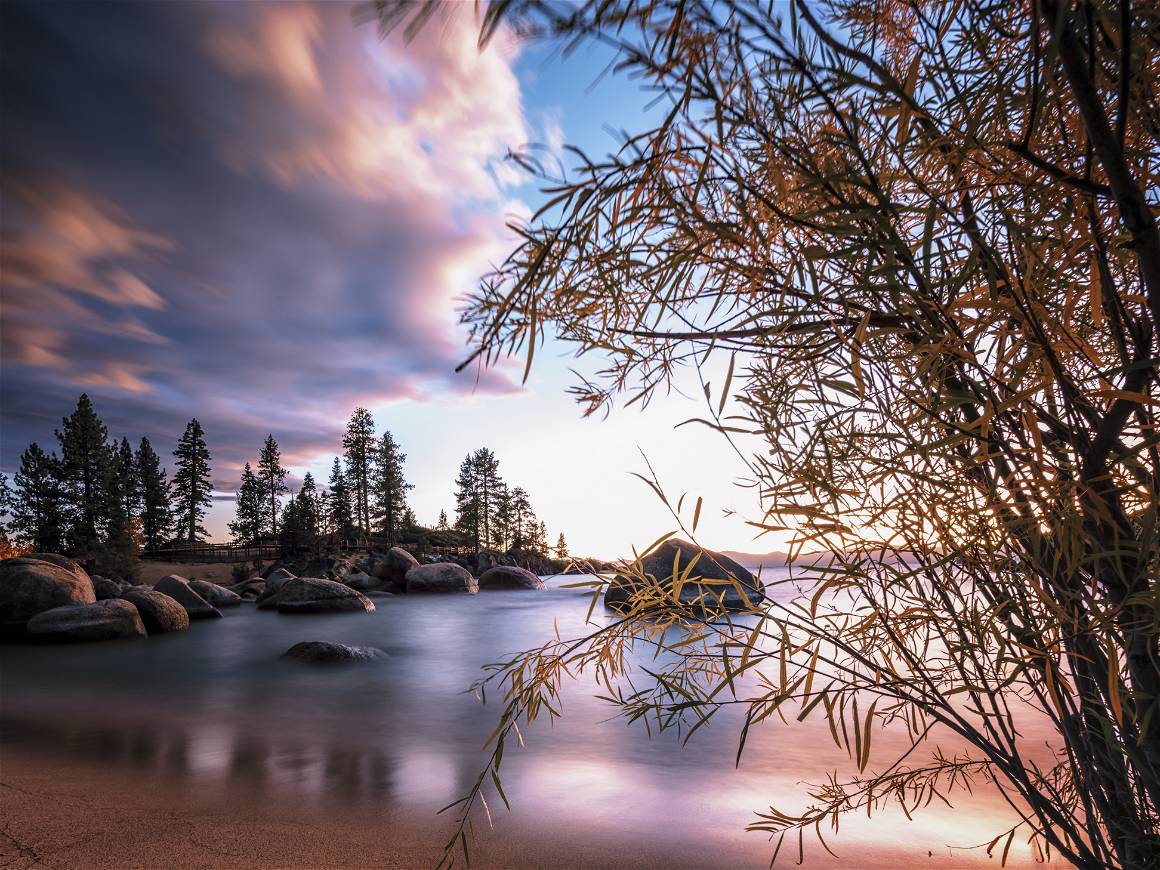
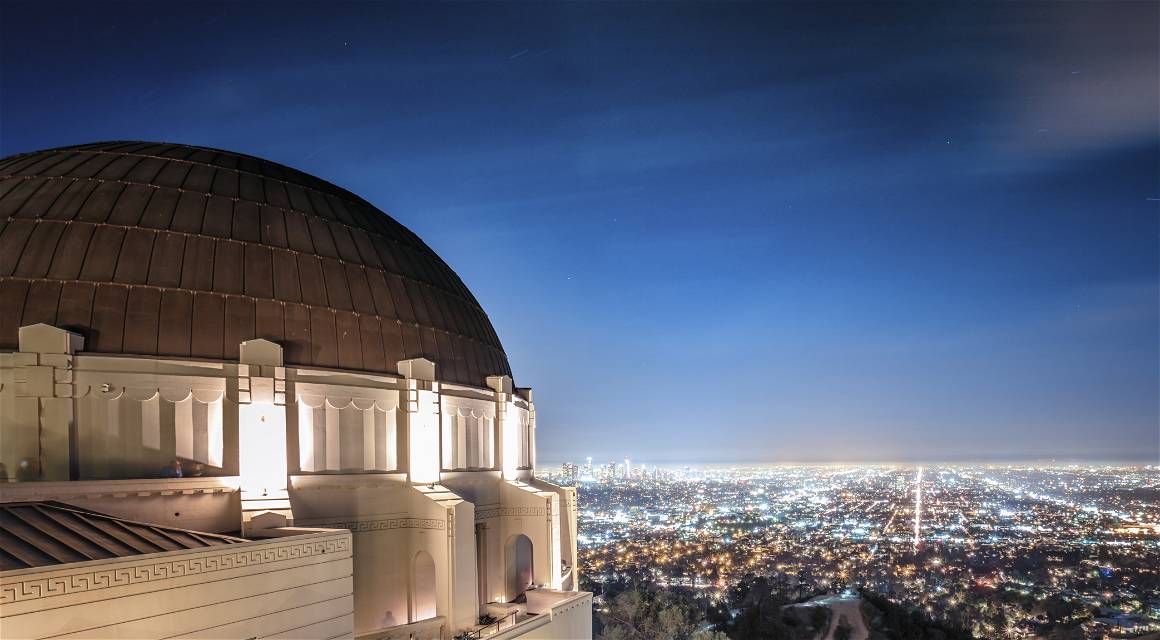
Your portfolio includes both color and black and white images. How do you decide which medium to use for a particular project?
That depends on the project, and the decision is sometimes made in the process. I rarely opt for black and white photos in landscape photography because the colors often complete the picture. What would a sunset be without all the different shades of yellow-orange-red? In architecture photography, it ends up being the black-and-white photo in most cases because the forms and structures appear more detailed.
Portrait photos -especially if you have a “face with character” in front of the lens- look much better in black and white because of the play of light and shadow. For weddings, it must necessarily be as colorful as possible; here, I want to transport joy and happiness, so black and white is, in most cases, completely omitted (except portraits of the bride/groom or guests).
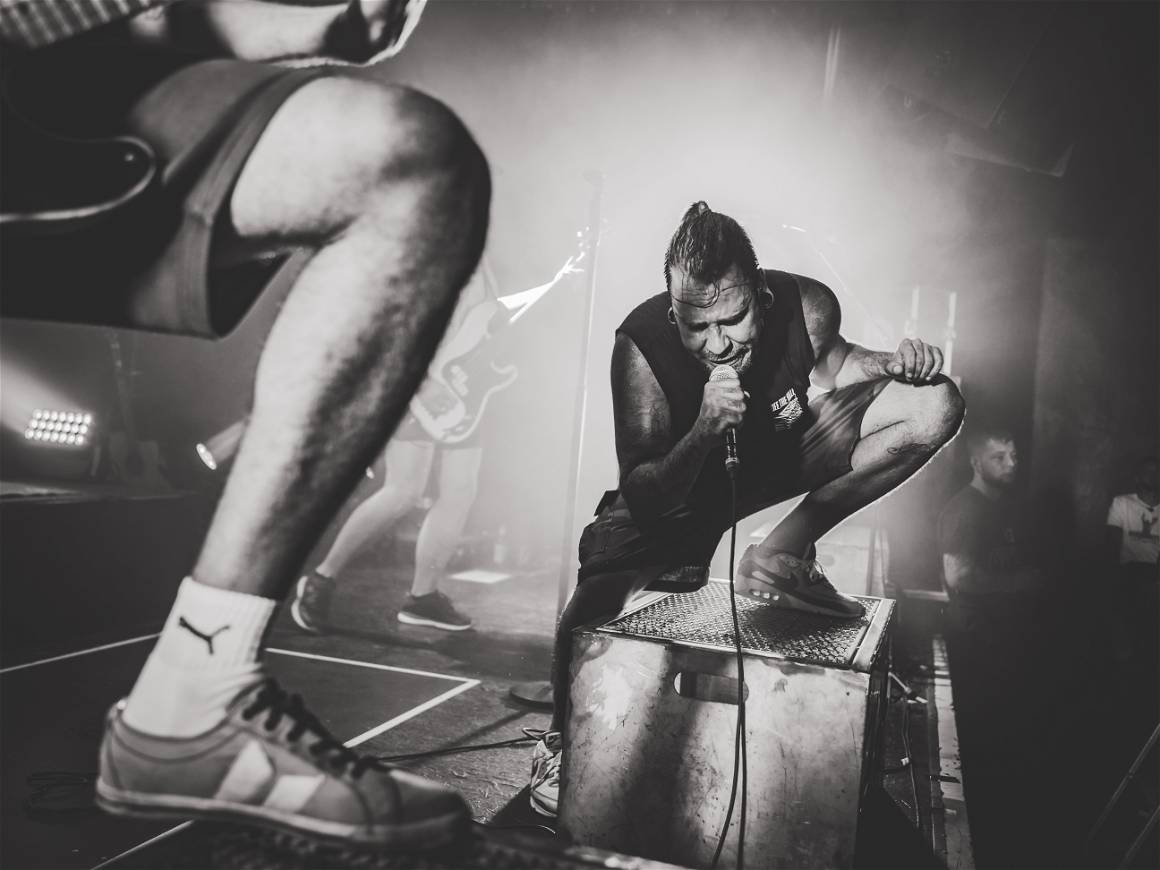
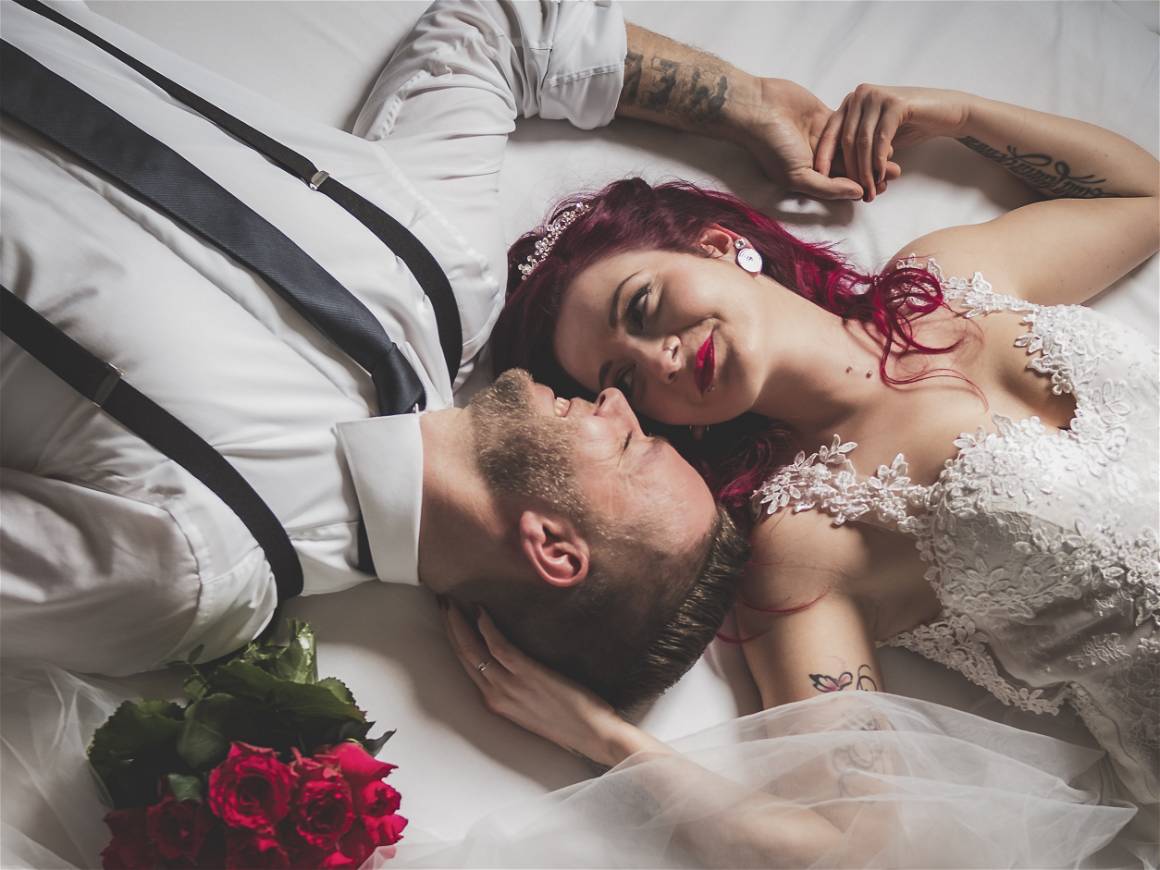
Camera Settings
Wedding Photography: manual mode with flash TTL, 2 cameras with a 10-25 mm lens ISO 200 aperture 1,7 and a 40-150 mm lens ISO 200 aperture 2,8 | Shooting the Bride and Groom: 45 mm fixed focal length ISO 200 aperture 1,2 + manual flash.
Can you talk about any particularly challenging photography assignments you have taken on and how you overcome those challenges?
I can think of a few situations I’ve had to deal with over the years. The challenge of capturing the perfect image of Manhattan while sitting on the doorstep of a helicopter rocking back and forth in the wind is indescribable! A suddenly approaching sandstorm in Dubai ruined days of planning and hours of setup in seconds, so all that was left was to get the equipment and people to safety! Also (a lot of) water can be a big challenge: the spraying mist of the Niagara Falls did not make the hunt for the perfect shot easy. But all this makes this passion so exciting. You always continue learning, and above all: it never gets boring. A challenge not to be despised is also the fight with myself from time to time. When the alarm clock rings at 3 a.m., my wife comfortably slumbering in bed next to me while I have to get up to make my way to a location to be there before the sun…no words!
“You always continue learning, and above all: it never gets boring.”

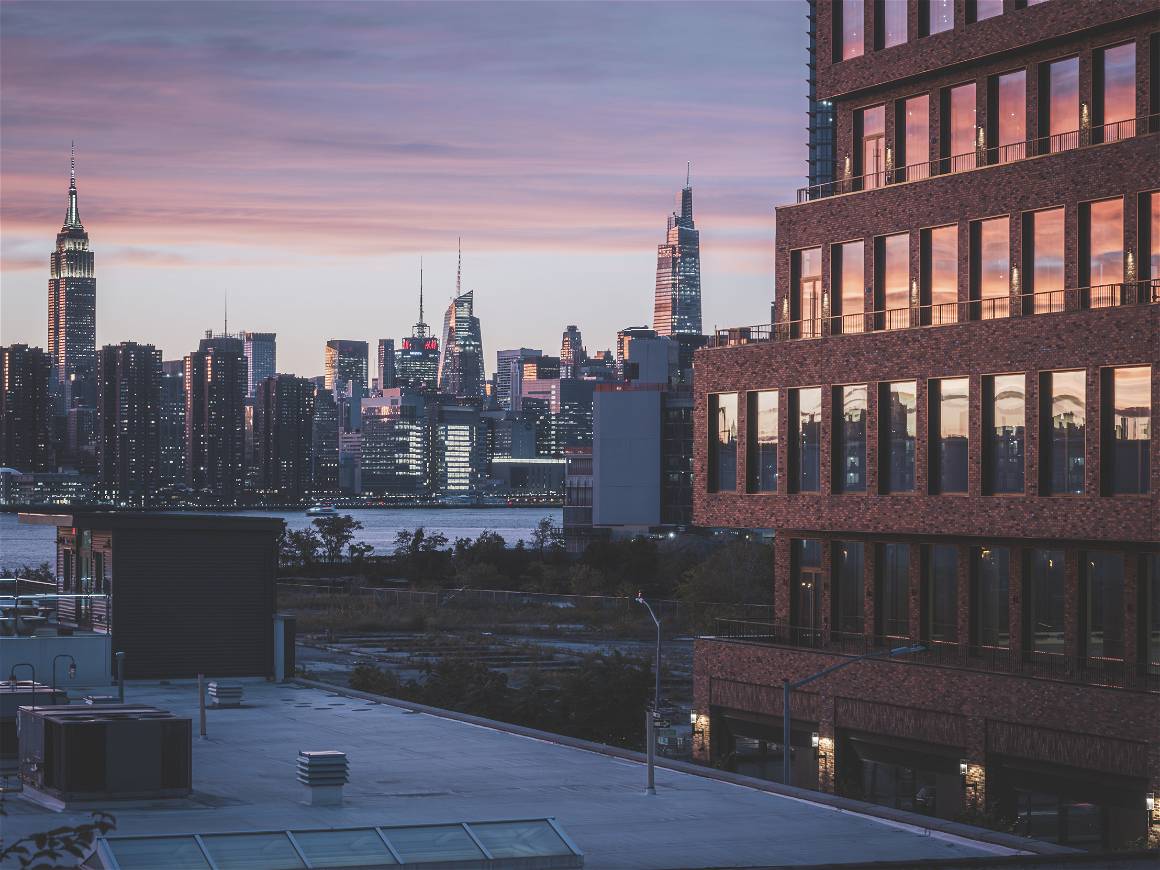
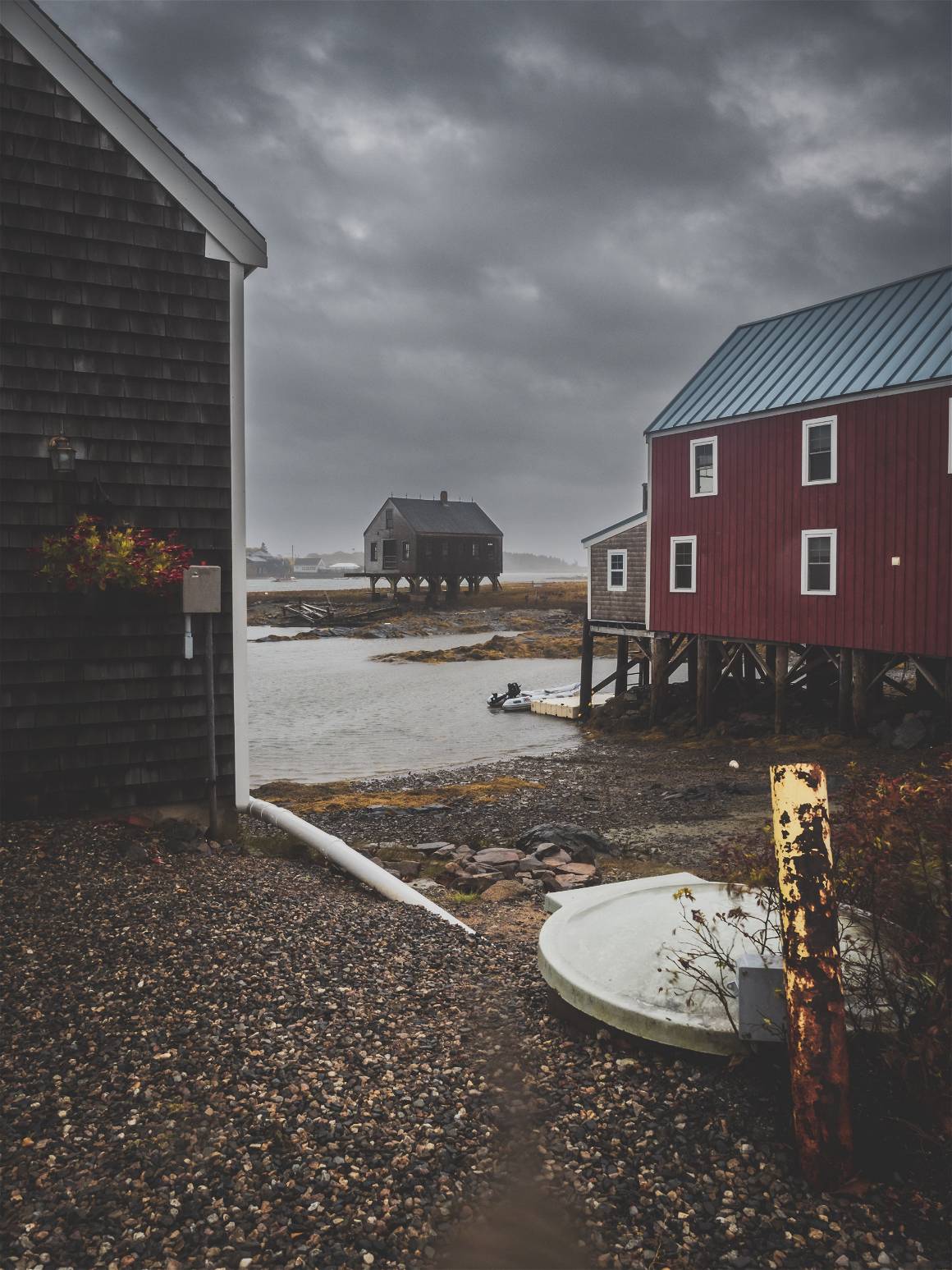
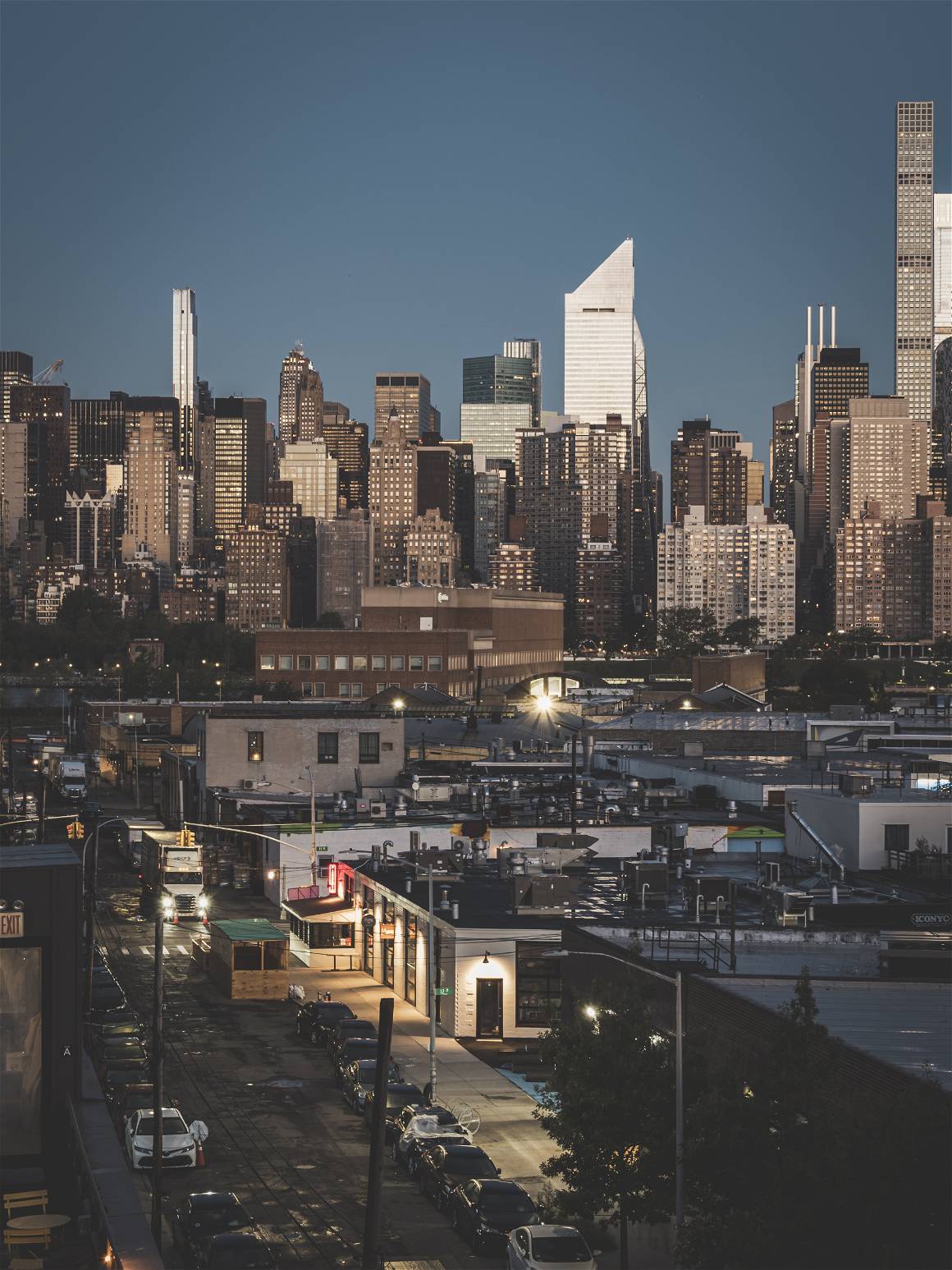
What advice do you have for aspiring photographers who are just starting out?
You can start with a smartphone. If you are passionate about it, you can also invest in used professional equipment that is much cheaper. I had very good experiences with this in the beginning. Photography is a costly passion; not only the technology wears heavy on the wallet, but the travels also make up a substantial part of the costs. If you are already more experienced, have mastered your working tools, and have already specialized in a genre, you should present the harvest of all the work on platforms such as Instagram and Facebook.
An own homepage supplemented by an interesting blog is, of course, indispensable nowadays to be visible. Joining forces with other photographers, I made many exciting contacts, especially at the beginning of my career in the concert trenches. Exhibitions are also helpful in getting the focus of the public. However, the path was reversed here for me: I was “found”, and the interested parties approached me.
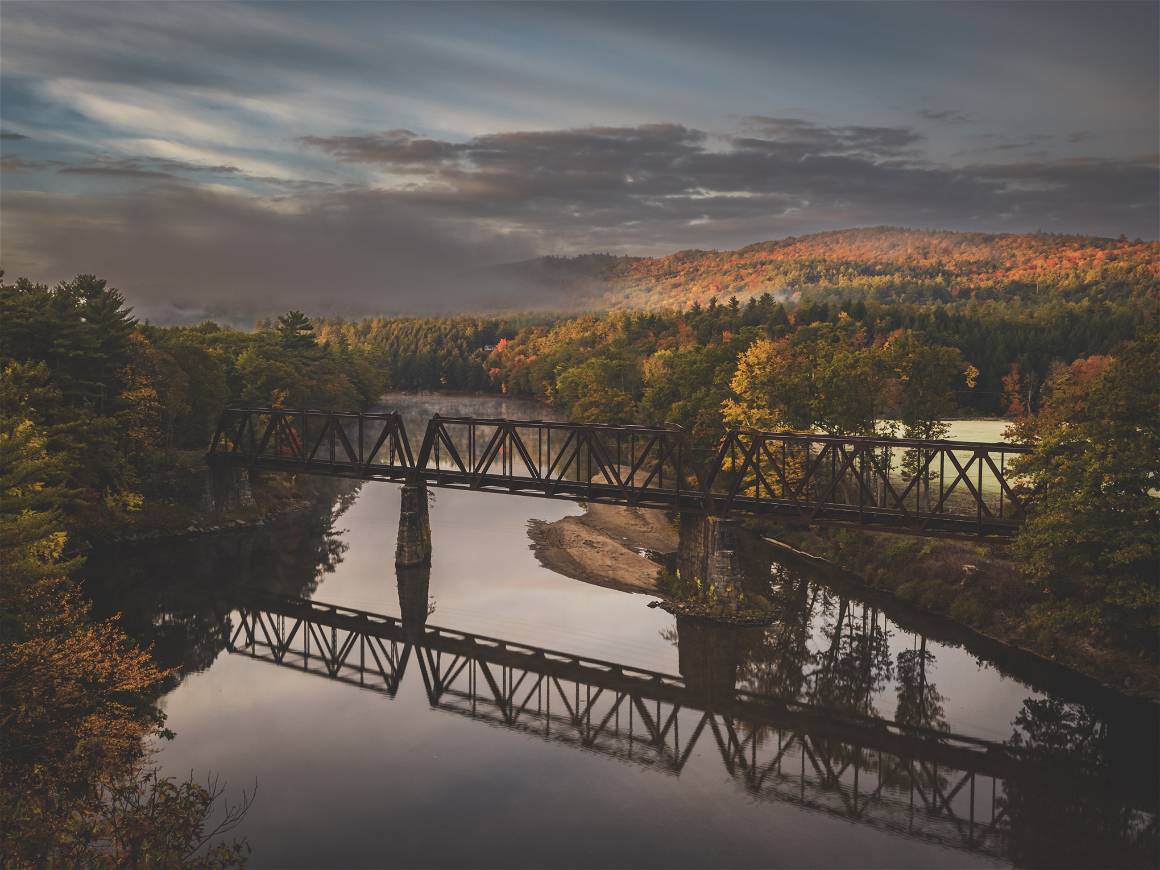
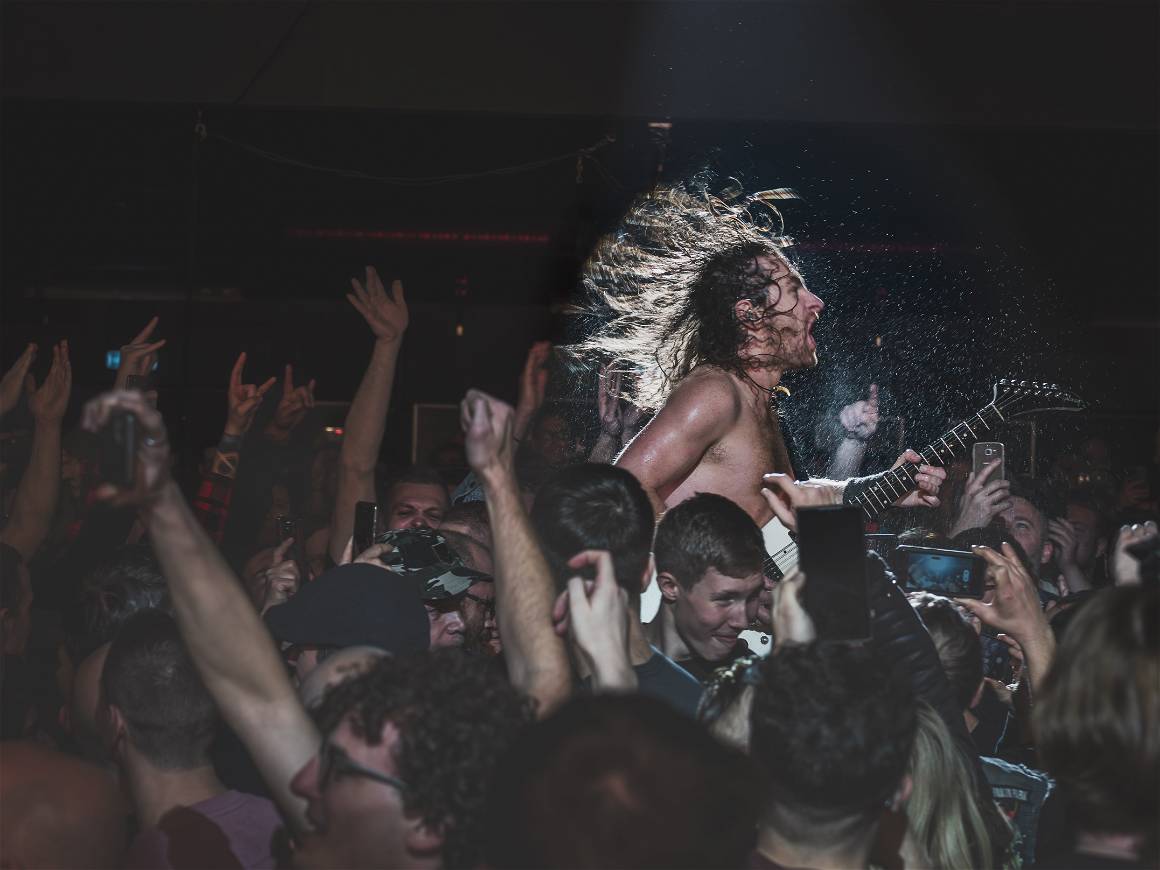
What projects are you currently working on and what can we expect to see from you in the future?
Currently on the agenda is the next trip: At the beginning of September, I will go on an adventure tour to Iceland with my wife. She will record our journey in writing to feed our travel blog. Adventure in several respects, as we have decided to circumnavigate the island in an electric car. Iceland’s electric mobility infrastructure is supposed to be the best in Europe, next to Norway. While charging the car, there will hopefully be plenty of time to capture one or two exciting moments in the surroundings. We are curious and will report on our experiences in words and, of course, many pictures.


